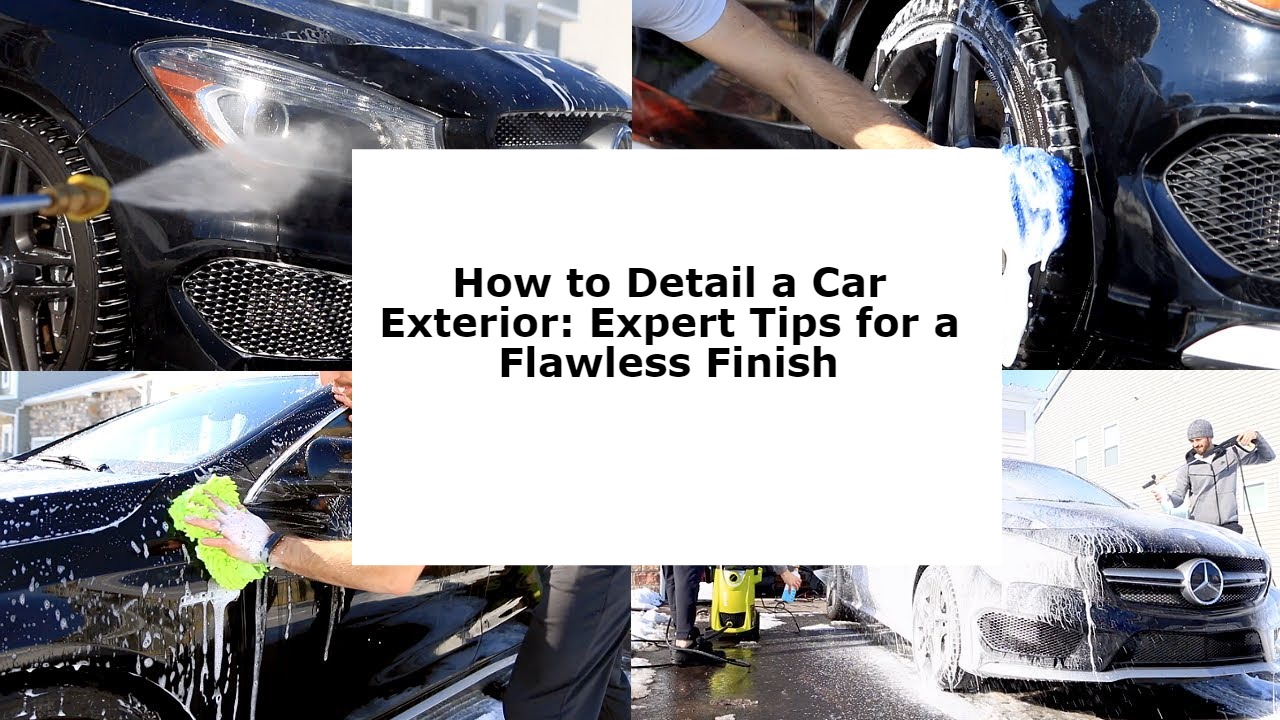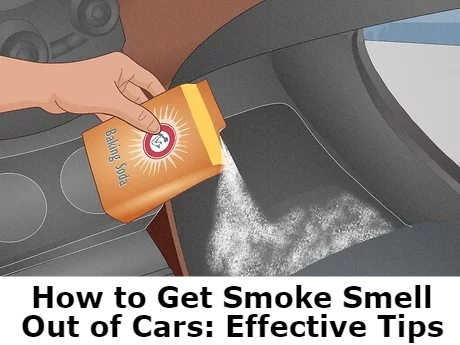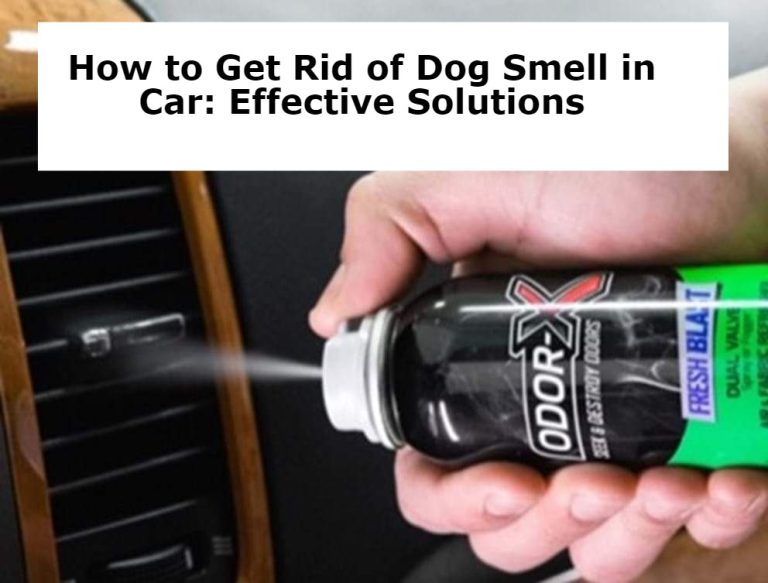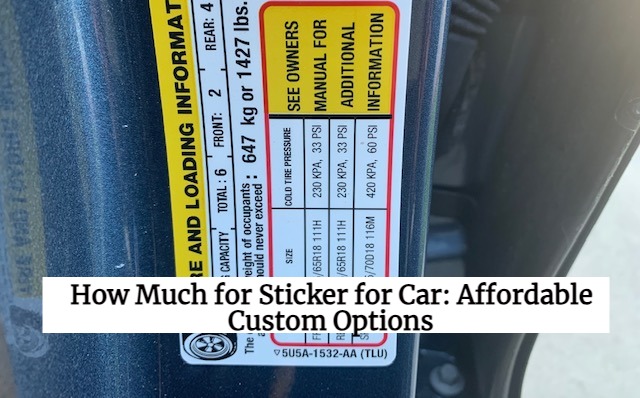How to Detail a Car Exterior: Expert Tips for a Flawless Finish
Detailing a car exterior involves a series of steps to restore and protect the vehicle’s finish. Start by washing the car with a high-quality car shampoo to remove dirt and grime. Dry the car using a microfiber towel to avoid scratches.
Next, apply a clay bar to remove contaminants stuck on the paint surface. Use a polish to eliminate any minor scratches or swirl marks. Finally, apply a coat of wax or sealant to protect the paint and give it a shiny finish. Don’t forget to clean the wheels, windows, and trim for a thorough job. Regular detailing keeps your car looking new and enhances its resale value.

Introduction To Car Detailing
Car detailing is a deep cleaning process that involves cleaning and restoring the car’s exterior. A clean car can look brand new again. Detailing helps maintain the car’s paint and shine and protects against rust and damage. Regular detailing keeps the car in great shape for years.
Importance Of Exterior Detailing
Exterior detailing enhances the car’s appearance. It removes dirt, grime, and stains. A clean exterior boosts the car’s value. It also makes the car more enjoyable to drive. Detailing protects the paint from fading and scratches. This helps in preserving the car’s beauty for a longer time.
Basic Tools And Supplies
| Tool/Supply | Purpose |
|---|---|
| Microfiber Towels | For drying and polishing |
| Car Shampoo | For washing the exterior |
| Clay Bar | For removing contaminants |
| Polish | For enhancing paint shine |
| Wax | To protect the paint |
| Wheel Cleaner | For cleaning wheels and tires |
Pre-wash Preparation
Start by removing loose debris from the car’s surface using a gentle rinse. This helps prevent scratches during washing. Ensure all surfaces, including wheels and crevices, are thoroughly cleaned.
Inspecting The Car’s Condition
Check the car for scratches or damage. Look for areas with dirt and grime. Note where the paint is chipped or faded. This helps you know what to focus on. A thorough inspection ensures nothing is missed.
Choosing The Right Products
Select the best cleaning products for your car. Use a gentle car shampoo to avoid damaging the paint. Pick a high-quality microfiber cloth for wiping. Consider using a clay bar to remove contaminants. Always read the labels to ensure they are safe for your car.
Washing Techniques
Mastering car exterior detailing involves proper washing techniques to ensure a spotless, shiny finish. Start with a thorough rinse and a gentle hand wash using a microfiber mitt and car-specific soap.
Two-bucket Method
The two-bucket method helps prevent scratches. One bucket holds clean water, and the other holds soapy water. Dip your sponge in the soapy water first. Wash a small section of the car. Then rinse the sponge in the clean water. Repeat the steps until the car is clean. This method keeps dirt out of your sponge, and clean water is key to a scratch-free car.
Foam Cannon Application
A foam cannon covers the car in thick foam, lifting dirt away from the paint. Fill the cannon with car soap and water. Attach it to a pressure washer. Spray the car with foam from top to bottom. Let the foam sit for a few minutes. Rinse the car with clean water. The foam cannon makes washing easier and safer.
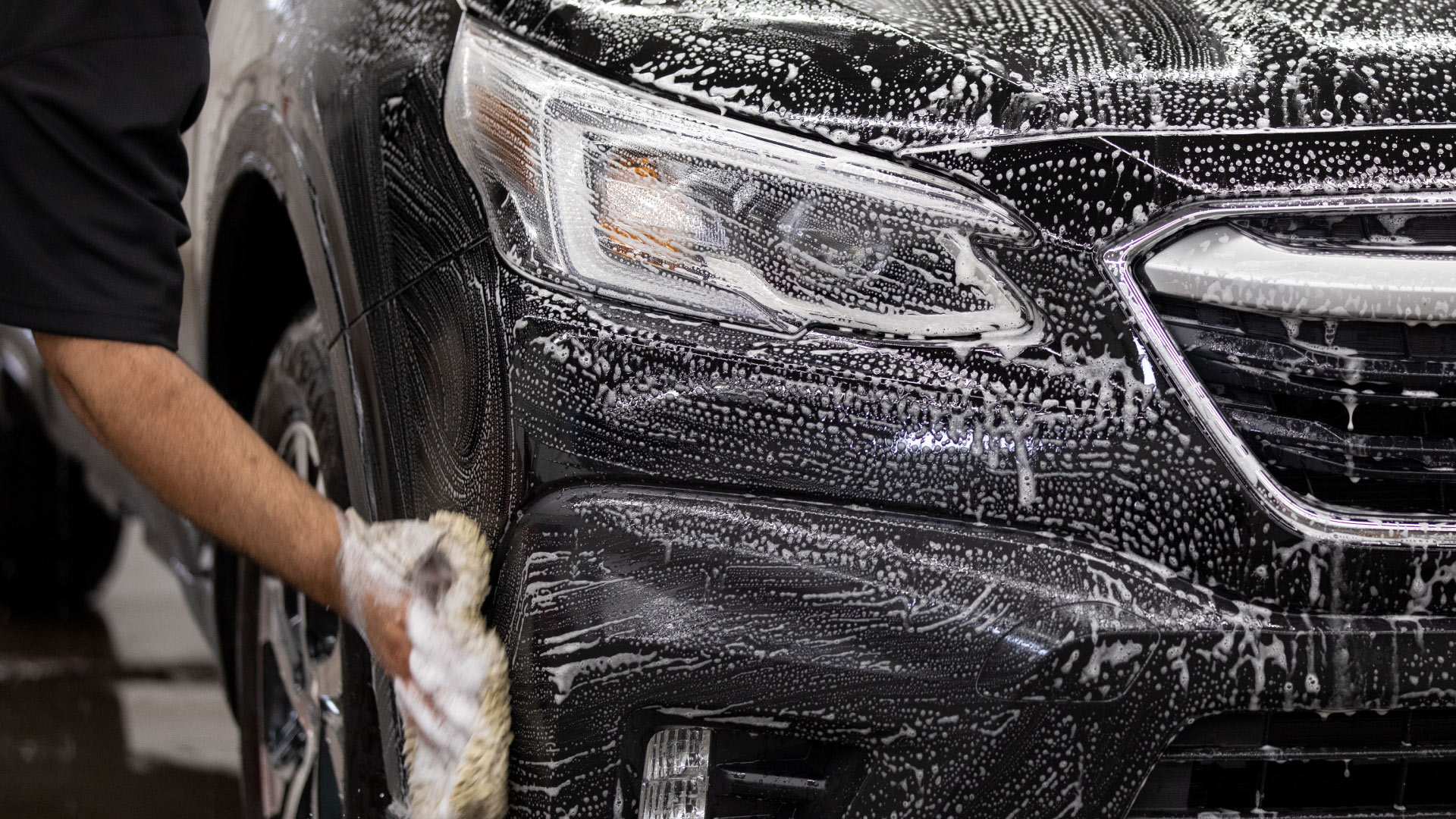
Decontaminating The Surface
Decontaminating the surface removes dirt, grime, and contaminants, ensuring a spotless car exterior. Thorough cleaning enhances the vehicle’s shine and paint protection.
Clay Bar Treatment
A clay bar treatment removes embedded contaminants from the car’s paint. First, wash the car thoroughly. Next, use a lubricant spray on a small area. Gently rub the clay bar over the lubricated area. You will feel the surface become smooth. Wipe the area with a microfiber cloth. Repeat this process on the entire car. This treatment helps in making the paint smooth and clean.
Iron Removers
Iron removers help eliminate iron particles from the car’s surface. Spray the iron remover on the car’s paint and let it sit for a few minutes. You will notice the solution changing color, which indicates it is working. Rinse the car thoroughly with water. Iron removers are essential for a clean and smooth surface. Always follow the manufacturer’s instructions for the best results.
Polishing The Paint
Picking the right polisher can make a big difference. Rotary polishers are strong and fast, great for deep scratches. Dual-action polishers are safer for beginners and less likely to harm your car’s paint. Always start with a small area to test. This helps you see how the polisher works on your car. Use a soft pad for gentle polishing. Use a cutting pad for tougher jobs.
Scratches and swirls can ruin your car’s look. To fix them, start by washing the car. This removes any dirt or grime. Next, use a clay bar to pick up any leftover debris. Apply a small amount of polish to the pad. Work on one section at a time. Move the polisher in small circles. Keep the pad flat on the surface. Check your work often to see the progress. Repeat if needed.
Applying Sealants And Waxes
Sealants are synthetic products that provide a long-lasting protective layer. Polymer-based sealants are common and bond with the car’s paint. Another type is ceramic sealants, which offer superior protection and shine. Sealants are easy to apply and last longer than waxes. Using sealants can help protect your car’s paint.
Waxing adds shine and protects the car’s paint. Use a clean applicator pad. Apply a small amount of wax. Spread it in a thin, even layer. Work in small sections. Let the wax dry to a haze. Buff it off with a clean microfiber towel. Waxing should be done in a cool, shaded area. This ensures the best results. Regular waxing keeps your car looking new.
Detailing Trims And Tires
Clean car trims with a specialized cleaner. Use a soft brush to scrub gently. Rinse the trims with clean water. Dry them completely with a microfiber cloth. Apply trim restorer with a foam applicator. Rub in small, circular motions. Let it sit for a few minutes. Buff with a clean cloth to bring out the shine.
Wash the tires with soapy water and a stiff brush to remove all dirt and grime. Rinse thoroughly with a hose. Dry the tires with a towel. Apply tire dressing evenly using a sponge. Ensure full coverage on the tire surface. Let the dressing dry for a glossy finish.
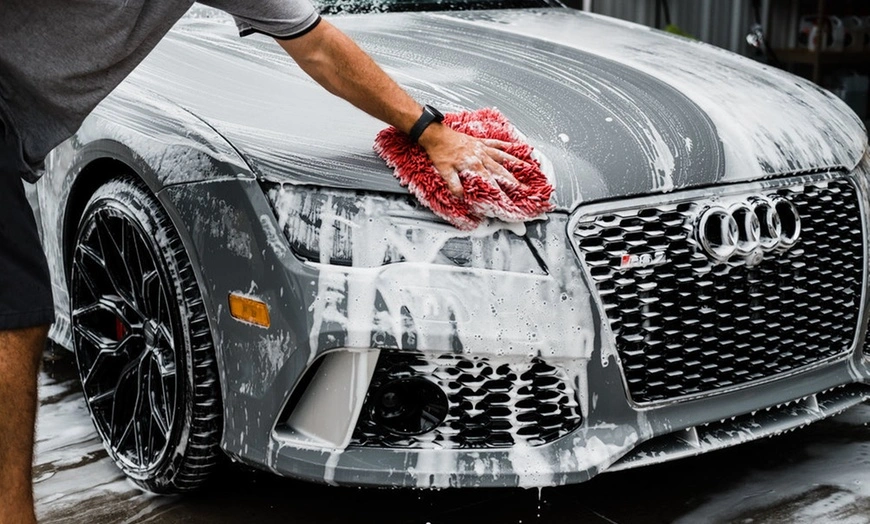
Final Touches
Use a good glass cleaner. Spray it on the car windows. Wipe with a clean, dry cloth. This removes all dirt and smudges. Make sure no streaks are left behind. Clean both the inside and outside of the glass. This gives the car a clear, shiny look.
Walk around the car. Look for spots you missed. Check under the car and around the tires. Use a flashlight to see better. Make sure no dirt or grime is left. Re-clean any missed areas. This ensures the car looks perfect.
Frequently Asked Questions
What Tools Are Needed For Car Detailing?
Essential tools include microfiber cloths, car wash soap, buckets, sponges, brushes, and a pressure washer.
How Often Should You Detail A Car?
Detailing a car every 3-4 months maintains its appearance and protects the paint.
Can You Detail A Car At Home?
Yes, with the right tools and products, you can detail your car at home.
What Is The First Step In Car Detailing?
Start with a thorough wash to remove dirt and grime from the car’s surface.
Why Is Waxing Important In Car Detailing?
Waxing protects the car’s paint from UV rays, dirt, and contaminants, enhancing its shine.
How Do You Avoid Scratches During Detailing?
Use clean, soft microfiber cloths and proper washing techniques to prevent scratches.
What Products Are Best For Car Detailing?
High-quality car wash soap, wax, clay bars, and tire cleaners are essential for effective car detailing.
Conclusion
Achieving a pristine car exterior is within your reach. Follow these steps for a professional finish every time. Regular maintenance ensures your car looks its best. Invest in quality products to protect your vehicle. Happy detailing!

